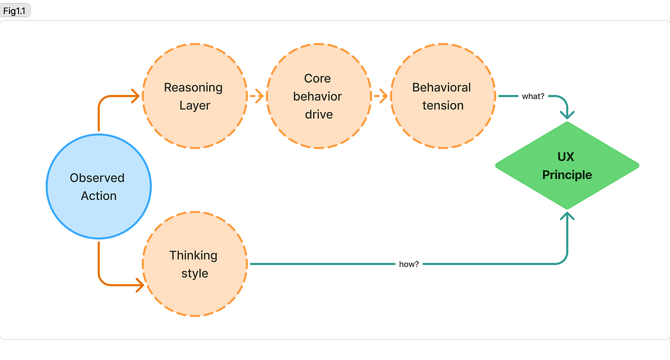Medium
1M
153

Image Credit: Medium
Framework to convert user insights to behavior backed UX strategies
- Many product teams miss the deeper logic driving user behavior, designing for what users say rather than internal motivators.
- A framework drawing from behavioral psychology aims to decode user behavior by understanding beliefs, decision-making styles, motivations, and tensions.
- By incorporating reasoning layers and behavioral drives, UX strategies can be tailored to match user thought patterns and emotional needs.
- Understanding users' thinking styles, belief systems, and core drives can lead to more personalized and engaging UX design.
- Mapping reasoning types and core drives helps in designing experiences that are emotionally resonant and cognitively intuitive.
- Uncovering behavioral tension reveals emotional gaps that can be addressed to enhance user engagement and satisfaction.
- UX strategies are mapped based on thinking styles, core drives, and tensions to create meaningful and trust-building experiences.
- Designing with consideration for how users think, what they believe, and what truly motivates them can lead to loyalty and meaningful change.
- The framework emphasizes the importance of understanding user psychology to reduce friction in UX and increase genuine engagement.
- By aligning UX with user belief systems and cognitive patterns, product teams can create experiences that feel right and resonate with users.
- The focus on designing for user thinking styles, core drives, and emotional clarity aims to create experiences that go beyond usability to foster loyalty and confidence.
Read Full Article
9 Likes
For uninterrupted reading, download the app